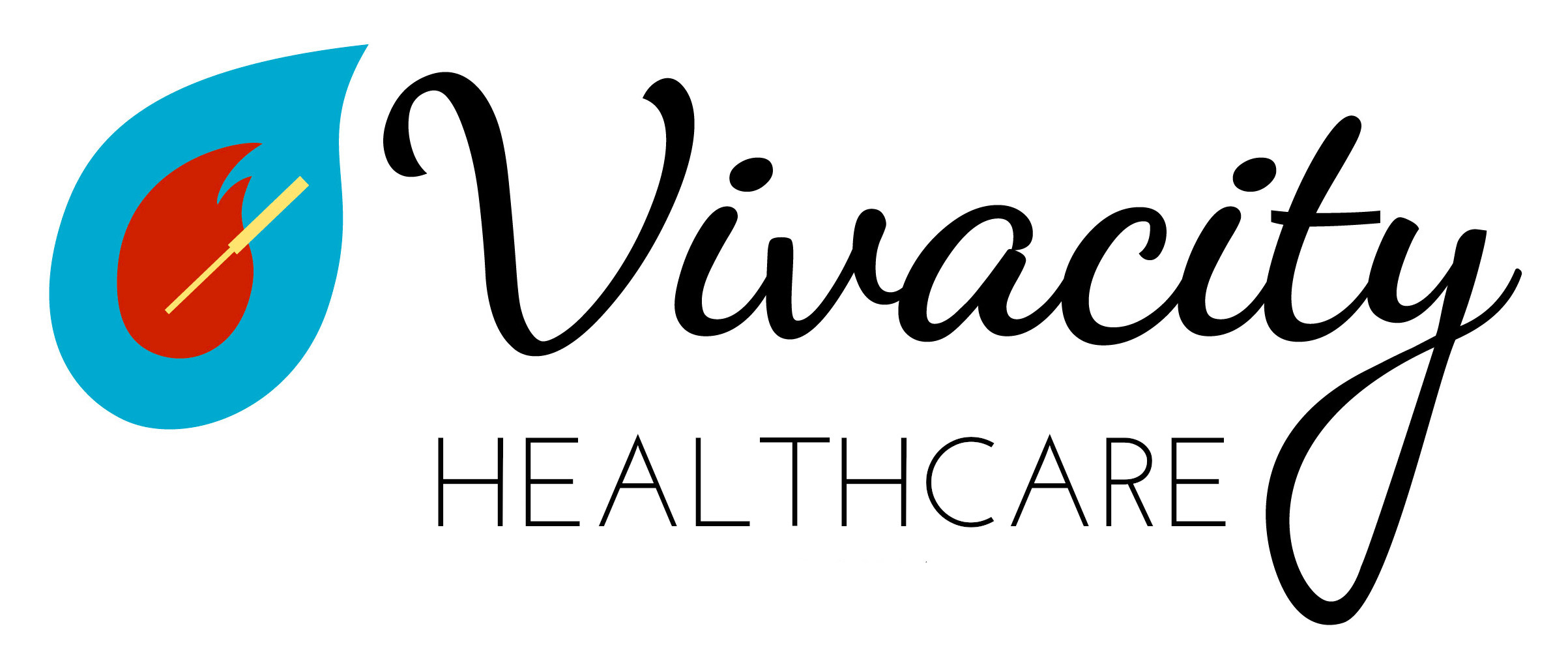To illuminate some of the lineages within Traditional East Asian Medicine that have influenced my practice, I’ll share information on the origins and some of the key aspects:
Nguyen Van Nghi & Mark Seem (French-Vietnamese)
This lineage of acupuncture comprises the most profound influence on my practice because I completed a Master of Science in Acupuncture in 2011 at Tri-State College of Acupuncture (TSCA), a school originally opened as an affiliate of the Quebec Institute of Acupuncture founded by Oscar Wexu (1911-2006) in 1972. Wexu was a Romanian physiotherapist who had moved to Paris to flee the Nazi invasion, and there learned acupuncture with Nguyen Van Nghi (1909-1999).
Van Nghi was born in Hanoi and emigrated to France where he completed medical school in 1938 [1]. After practicing Western medicine in a rural area during the wartime period, he moved to Marseille in 1959. From this point until his passing, he exclusively practiced acupuncture basing his knowledge on Classical Chinese texts, translated into Vietnamese, that he in turn translated into French. His traditionalist insistence on learning directly from the ancient texts forged a ‘French-Vietnamese’ approach incorporating new techniques (notably transverse luo collateral treatment) that Wexu brought with him to Montreal. This duo later educated a group of NYC-based acupuncturists from the Acupuncture Detox Collective at Lincoln Hospital, including Dr. Mark Seem, who translated the French texts into English and then founded TSCA in 1982 [2]. Seem further evolved this style by linking needling techniques described in the ancient Ling Shu text to modern ‘dry needling’ as developed by Dr. Janet Travell.
Kiyoshi Nagano & Kiiko Matsumoto (Japanese)
Historically in Japan, acupuncturists would learn through an apprenticeship of a teacher in their clinic. Two hallmarks of a variety of approaches that amalgamate to form ‘Japanese’ tradition are that 1) palpation of the body, rather than theory, dictates which points are chosen for treatment as well as when the needling technique is correct, and 2) acupuncture is almost always performed with some amount of okyu moxibustion (a form of heat therapy) included in each treatment [3]. Okyu involves placing tiny cones of dried mugwort onto acupuncture points and lighting it to stimulate through heat. In 1945, acupuncture schools began to emerge and students were taught in classrooms through a shift sometimes referred to as the ‘Americanization of acupuncture.’ These students, however, were then (and still are) required to spend many hours following Master acupuncturist(s) in clinics.
Kiiko Matsumoto is one of two mentees of Master acupuncturist, Kiyoshi Nagano ( -2003). Nagano memorized Chinese canonical literature and developed a unique and brilliant theoretical and clinical approach incorporating both classical concepts and emergent insight from Western medicine. In order to preserve his style distinguished by basing point selections on distal pain presentations, methods of diagnosing and treatments, Nagano gave written permission to Matsumoto to teach his style in the West. Matsumoto’s signature approach is also informed by the work of Yoshio Manaka (1911-1989) who developed unique methods of treating ‘extraordinary vessels,’ and she taught at TSCA through numerous courses and Grand Rounds (treating patients in front of a class) during my masters program.
References
[1] Anita, B. U. I. (2020). “Nguyen Van Nghi (阮文义 1909–1999): Pioneer of traditional Chinese medicine in the West in the 20th century.” Chinese Medicine and Culture, 3(2), 74-79.
[2] Barnes, L. L. and TJ Hinrichs (eds.). (2012). Chinese Medicine and Healing: An Illustrated History. Cambridge, Massachusetts: Harvard University Press.
[3] Fratkin, J. P. (1999). “The emergence of Japanese style acupuncture.” Medicine, 6, 1-8.
